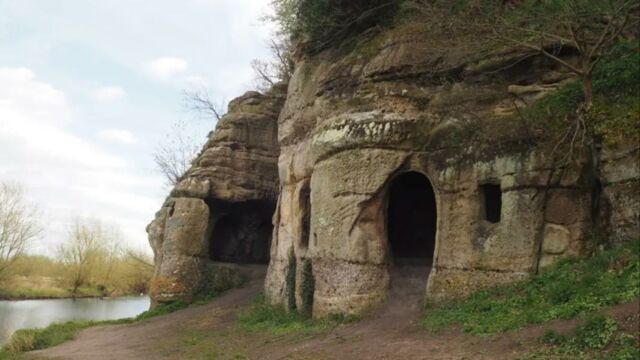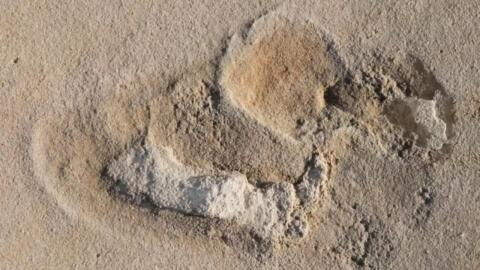Archaeologists from the Royal Agricultural University (RAU) and Wessex Archaeology have identified what could possibly be the oldest house in the UK which is more than 1,200 years old.
Discover our latest podcast
Previously, the cave house located in south Derbyshire was believed to have been used as a place for parties and gatherings in the 18th century, but new evidence suggests that it was actually a retirement house for former Anglo-Saxon kings. The research team thinks that it was the residence of Eardwulf who was removed from the throne of Northumbria in AD806.
Local legend
It may be listed as a natural cave that was domesticated in the 18th century, but according to principal investigator of the project, Edmund Simons, there was nothing natural about the cave because it showcases Saxon architecture. He says:
It’s not a natural cave, I can’t think of a natural process that makes walls, doors and windows, let alone pillars.

Furthermore, a local legend says that King Eardwulf lived in the cave as a hermit and Simons is convinced that legend is true. While the king may have been exiled to live in what looks like a dark and dreary place, in reality Simons says that his life wasn’t all too bad. He added:
This is somebody who would have had disciples with him and would have been revered as holy, probably as a saint in his own lifetime. He doesn’t have his great feasting hall any more but it is quite a nice gaff.
Oldest domestic interior
According to Simons, their new discovery is probably the oldest intact home in the UK and the ‘only intact domestic building to have survived from the Saxon period.’ He said:
We have churches from this kind of date but we haven’t got anywhere where people slept and ate and prayed, all that kind of thing. Here, we’ve got one. It is quite remarkable.
Simons and his research team have been advancing with their findings and have located 20 other sites in the West Midlands that could potentially date back to the fifth century or earlier. Their study has been published in the Proceedings of the University of Bristol Speleological Society.















